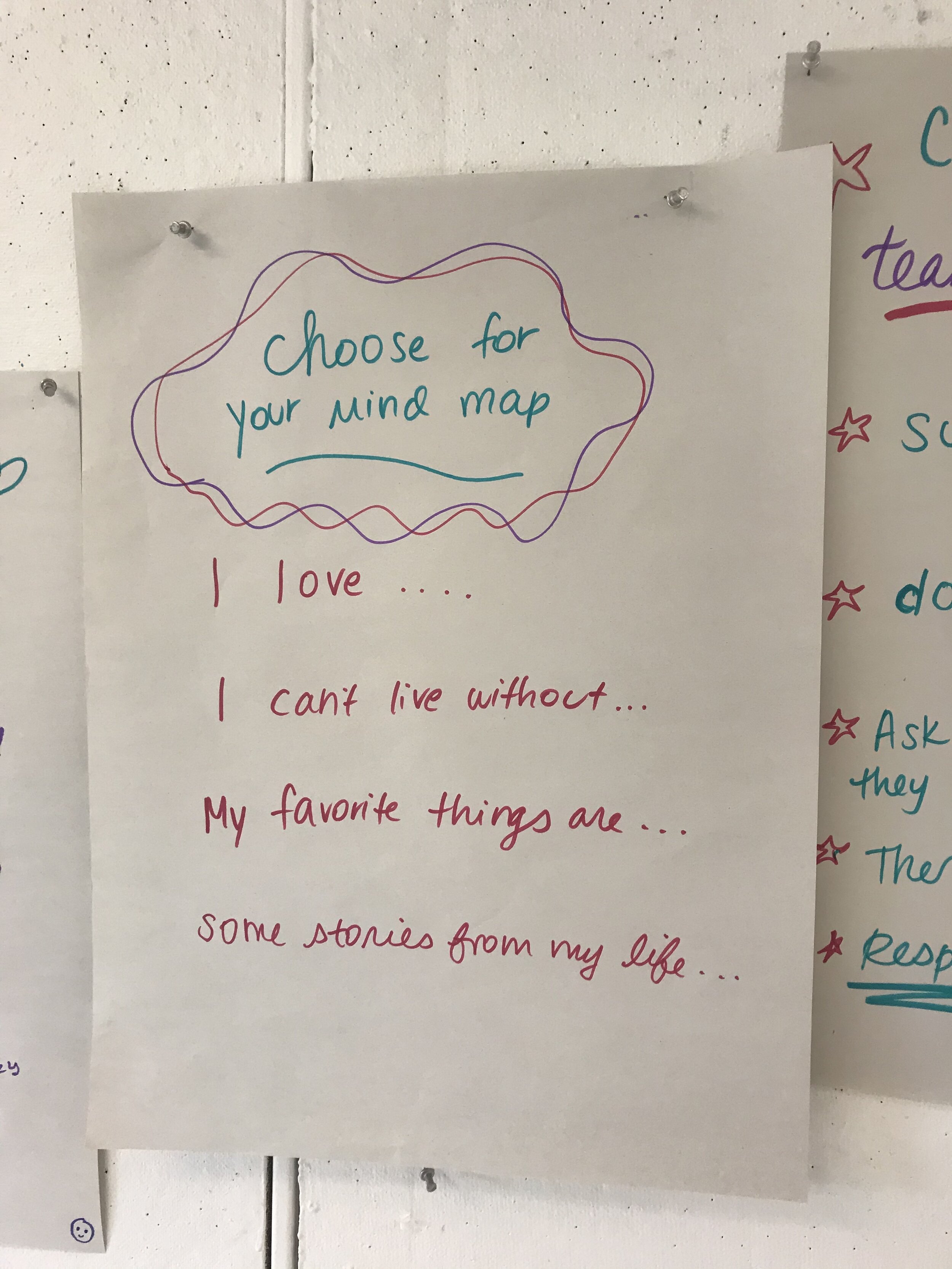I taught a few weeks of summer art camp this hot, glorious August, and was struck by the intensity of emotion to all aspects of the experience: I felt scream-worthy exhilaration to be in a physical space, with materials, able to set up a studio environment for young artists after months of none of that connection; I felt deeply anxious about my abilities as a teaching artist - I couldn’t quite remember if I am capable of it - it felt like it’s been so long; and I felt silenced and struck by what felt like a lot of depressed kids in my classes.
The 8 and 9 year olds I worked with were 6, 7, and 8 during lockdown and likely missed most of first or second grade in person. For the first part of each afternoon class, they all seemed exhausted, burnt out, and melancholy - no interacting with each other, only with me a little bit while we played some warm up games. I felt exhausted myself each day, and could feel myself digging deep into my muscles for extra enthusiasm, play, and game-leading, trying to give them some fun and levity.
I found that once we started working with materials, their giggles and laughter started to emerge.
On our first day, I demoed some simple print making and asked them to think about their favorite things, the things that make them smile, the things they are most passionate about. Every one of them was very intent on working solo and diving into their work, accustomed to being separated from each other at the table, in their masks.
Some remained silent the entire time, but responded when I asked about their work; others started talking, goofing, and musing while making, engaging those around them.
••••
I can feel the isolation, depression, and social nervousness. I love that we have art to help us ease back into ourselves. There are conversations that never happen unless we are making something with our hands, together and separately.
I have no conclusion to this; these are just a string of thoughts and observations as we continue through this devastating pandemic. I know I am so fortunate to have vaccine access, employment again, access to art and resourced organizations. I feel exceedingly lucky, privileged, energized to be with youth again, anxious to improve my abilities to nurture our social-emotional selves in the art room. I also feel lucky to be doing it part-time, as one of several jobs I hold: I know I don’t have the stamina to teach full time, nor the expertise.
I appreciate the honesty, openness, and call for a new way in this blog post by Ari Christine, Teaching is A Woman: Why I Closed My Classroom Door. She advocates for virtual learning as a permanent option for students; prioritization of teacher wellness and health; taking the risks of COVID seriously before sending kids & teachers back to the classroom; and a much larger say for teachers in the whole mess. Point blank - teachers are wayyyy undervalued, and are always expected to serve. As a teaching artist who is always in a temporary, part time situation in schools and programs I work in, I have never been subjected to the full time pressure of classroom teaching and school department politics, so I can only learn through these kinds of personal narrative and analysis. Teaching artists have their own battles to advocate for…. but that’s for another post.













